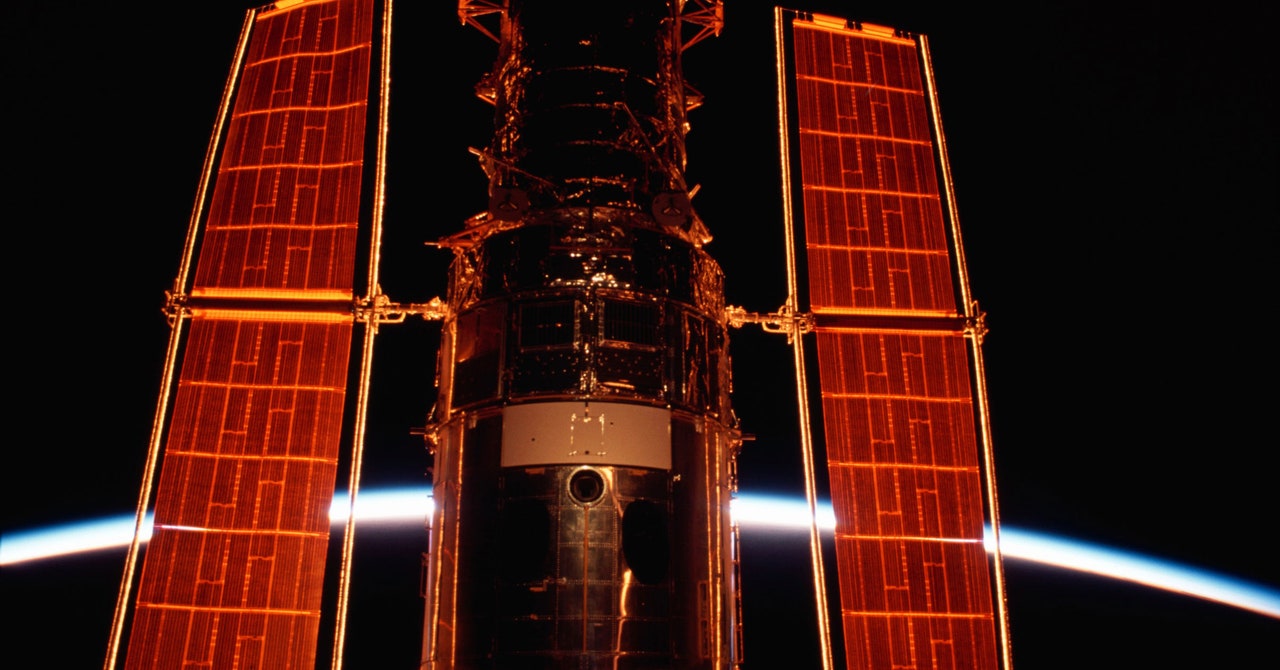
Jeletic and his team also try to anticipate potential mishaps. For example, they found that the thin wires Hubble’s gyroscopes depend on gradually corrode and break, and three of its six gyros have failed. Without gyros, Hubble can’t target anything properly. But on the last servicing mission, astronauts replaced the gyros and enhanced the wires so that they can’t corrode, solving the problem.
Nevertheless, each new hitch inevitably raises concerns about the aging telescope, which has been instrumental in so many astronomical accomplishments, including pinning down the age of the universe and discovering the smaller moons of Pluto. “I think it’s been utterly transformational,” says Adam Riess, an astronomer at Johns Hopkins University in Baltimore. He shared the 2011 Nobel Prize in Physics for showing how measurements of exploding stars, or supernovas, reveal the accelerating expansion of the universe, a project that benefited from Hubble data. To this day, the telescope continues to be oversubscribed by at least fivefold, Riess says, meaning astronomers have more than five times as many proposals for using Hubble as there is available telescope time.
The space telescope has also served as an educational tool and kindled public interest in space science for a whole generation. “Everybody knows Hubble,” says Jeyhan Kartaltepe, an astronomer at the Rochester Institute of Technology, whose work on multiple galaxy surveys makes extensive use of Hubble images. “It has become a household name. People enjoy reading articles about what Hubble has discovered, and they enjoy seeing the pictures. I think people have an immediate association of Hubble with astronomy.”
Hubble’s latest hardware challenges come just a month before its successor, the James Webb Space Telescope, is scheduled to launch into orbit. Like its iconic predecessor, the new telescope will collect troves of spectacular images, though it’s designed to probe wavelengths more in the infrared range, allowing it to penetrate dusty parts of galaxies and stellar nebulae. Riess expects it to be similarly popular with astronomers and with the public.
Hubble has easily surpassed its expected lifespan, and the same goes for NASA’s Chandra X-ray Observatory, which launched in 1999 and remains operational, although it was designed to last only five years. This is a good sign for Webb, similarly planned for a five-year lifespan. Unlike Hubble, however, it will orbit much farther away, making it inaccessible to astronauts. That means any problems that arise will have to be fixed remotely.
But Hubble helped set the stage for its successor. For example, after Hubble launched, engineers realized that its mirror wasn’t curved properly, initially resulting in blurry images. Webb’s design allows for engineers to adjust the curvature remotely if an error like that crops up.
Astronomers appreciate the hard work of Hubble’s engineers and operators. “Their dedication to keep on rescuing the telescope from all its fits of pique and changes of mood is fantastic. I’m so proud of them backing the scientists who are using the data,” says Julianne Dalcanton, an astronomer at the University of Washington who has used Hubble frequently throughout her career, including to map Andromeda, our galactic neighbor. She, Kartaltepe, and other astronomers look forward to a time when both Hubble and Webb are in the sky, taking observations together, especially as they’ll learn different things from the telescopes’ respective instruments and wavelength coverage.
While Jeletic and his team don’t yet know when Hubble will be back online, he expects all systems to eventually be up and running once again. “Some day Hubble will die, like every other spacecraft,” he says. “But hopefully that’s still a long ways off.”
More Great WIRED Stories


